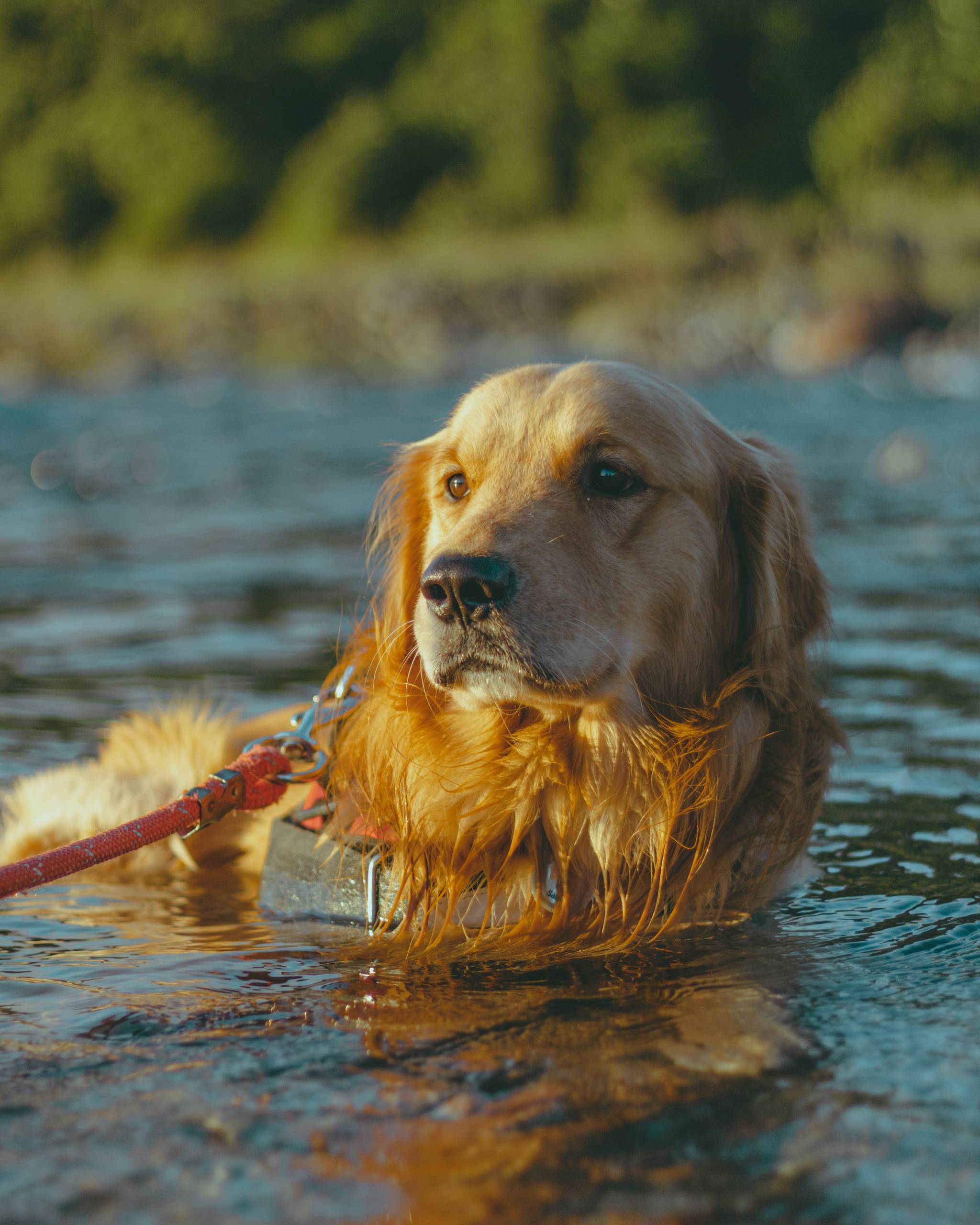
Understanding Dog Aging
Dogs age at a different rate than humans, and it’s important to comprehend this to provide the best care for our furry friends. The popular belief that one dog year equals seven human years is a rough estimate and doesn’t accurately depict the aging process of all dogs. In reality, the aging process in dogs is more complex and varies based on factors such as breed, size, and overall health.
Factors Affecting Aging in Dogs
Several factors influence how dogs age in comparison to humans. Genetics play a significant role in determining a dog’s lifespan, as certain breeds are prone to specific health issues that can impact their longevity. Additionally, the size of a dog can significantly affect its aging process. Smaller breeds tend to live longer than larger breeds, and their aging rate differs accordingly. Proper nutrition, exercise, and healthcare also play crucial roles in determining a dog’s aging process.
Calculating Dog Years in Human Years
To accurately determine a dog’s age in human years, it’s essential to understand the general guidelines for different stages of a dog’s life. The first year of a dog’s life is equivalent to approximately 15 human years, with the second year aging a dog to around 9 human years. After that, each additional year can be roughly estimated as 4-5 human years, but this can vary based on the factors mentioned earlier.
Understanding the Aging Process
As dogs age, they go through various life stages, which can be compared to human stages. Just like humans, dogs experience changes in their physical and mental well-being as they grow older. Understanding the aging process enables us to provide appropriate care and attention to our furry companions. It’s vital to monitor their health, adjust their diet and exercise routines, and provide them with the necessary veterinary care to ensure they lead a happy and healthy life.
Caring for Aging Dogs
As dogs enter their senior years, it’s crucial to pay closer attention to their well-being. Older dogs may require a modified diet, increased vet check-ups, and a more suitable exercise routine. Keeping an eye out for any signs of discomfort, changes in behavior, or health issues is essential. With the right care and attention, aging dogs can continue to lead fulfilling lives and bring joy to their owners for years to come.
Understanding the correlation between dog years and human years is essential for providing the best care for our furry companions. While the popular notion of one dog year being equivalent to seven human years is a rough estimate, the aging process in dogs is more intricate and varies based on several factors. By recognizing and appreciating these differences, we can ensure that our dogs receive the care and attention they need at every stage of their lives.
[/fusion_text]



